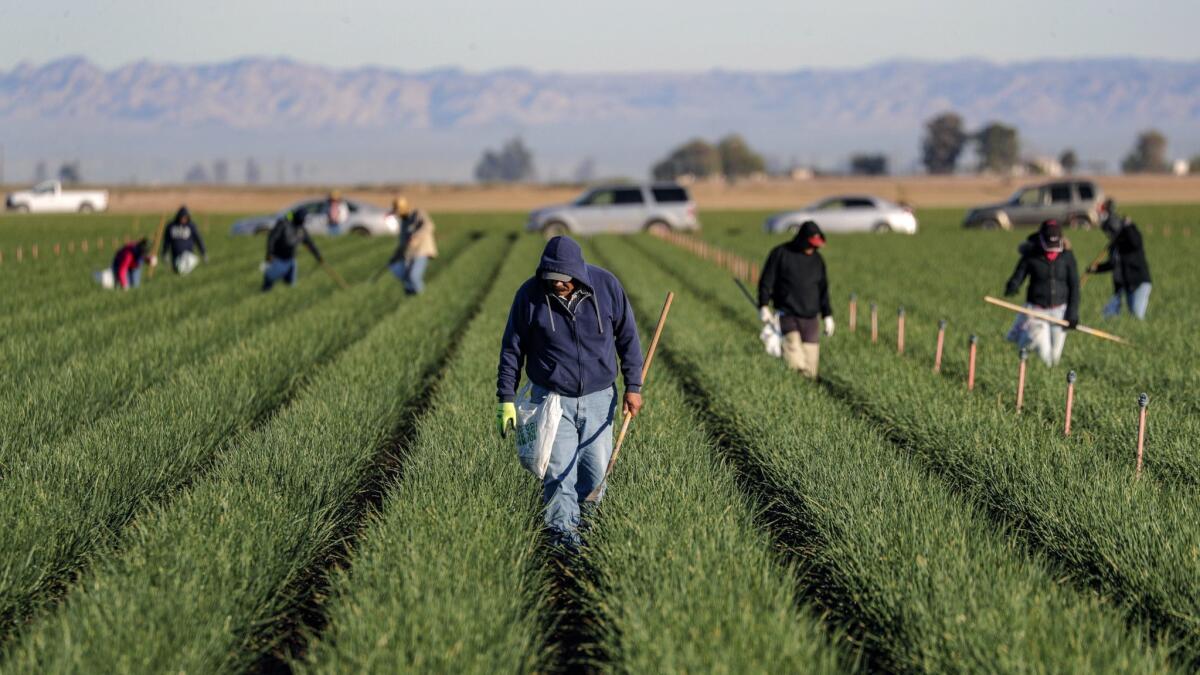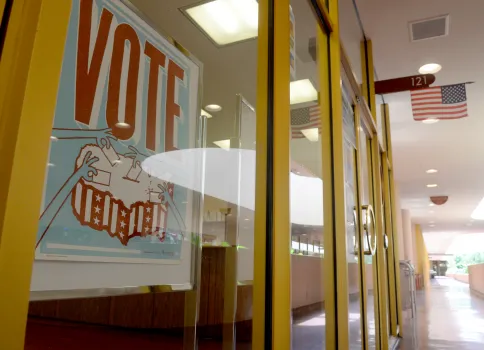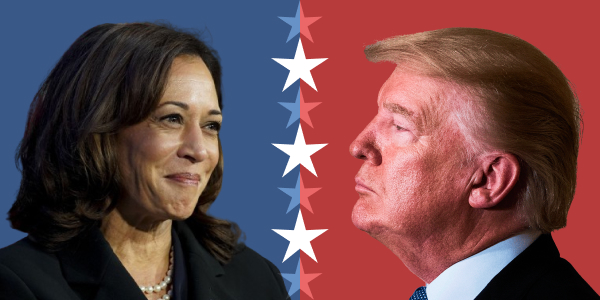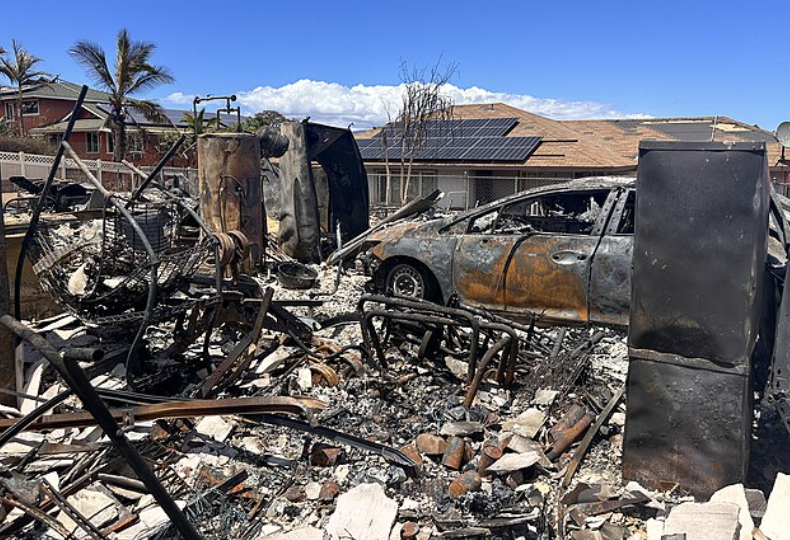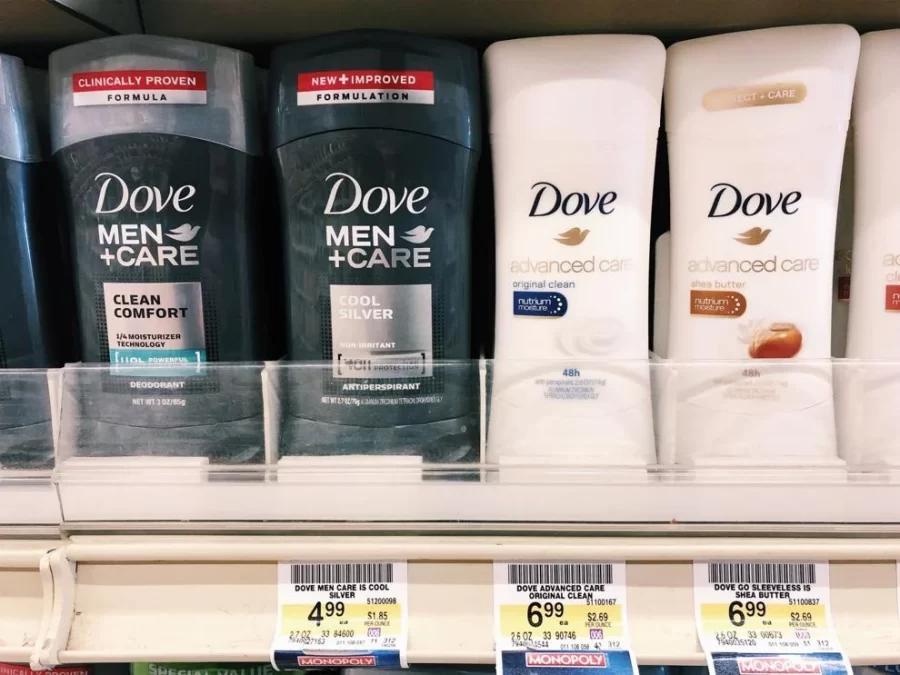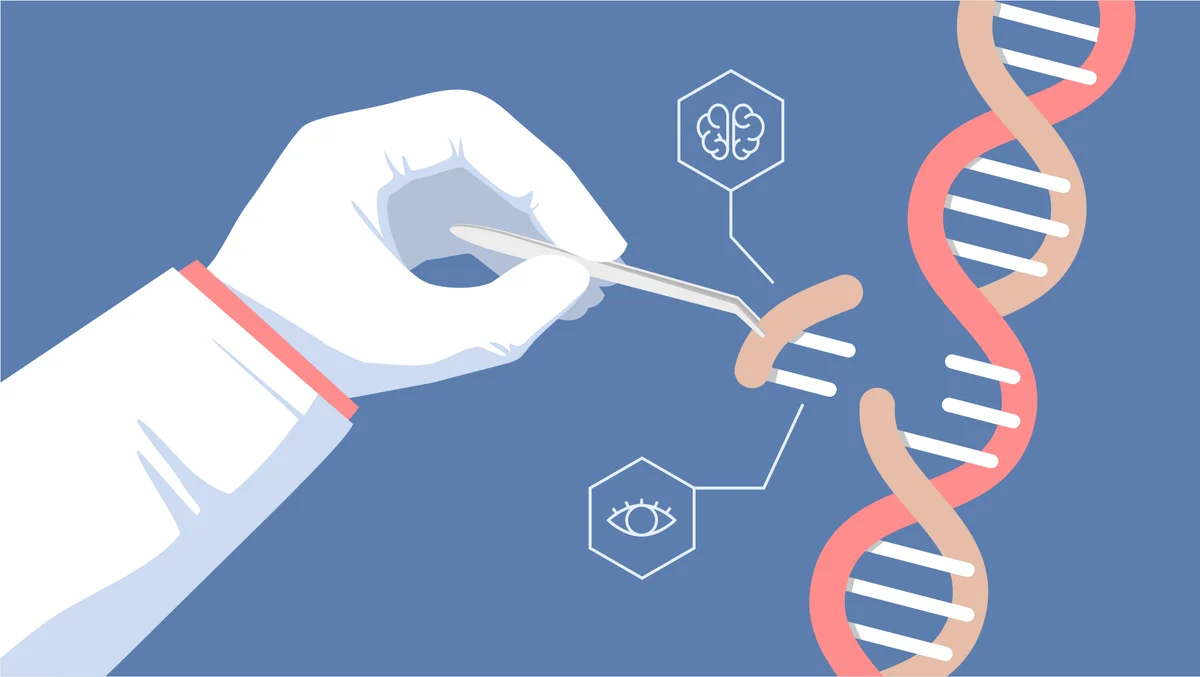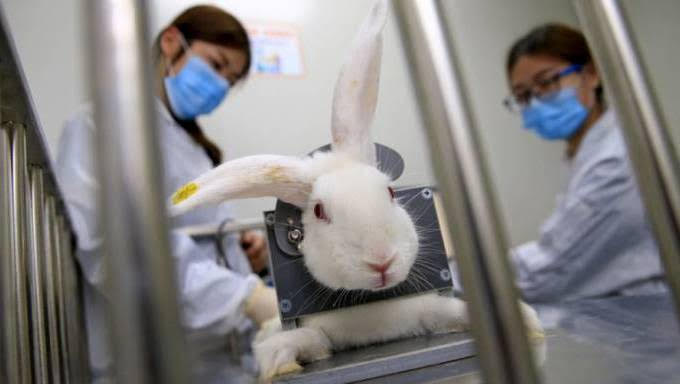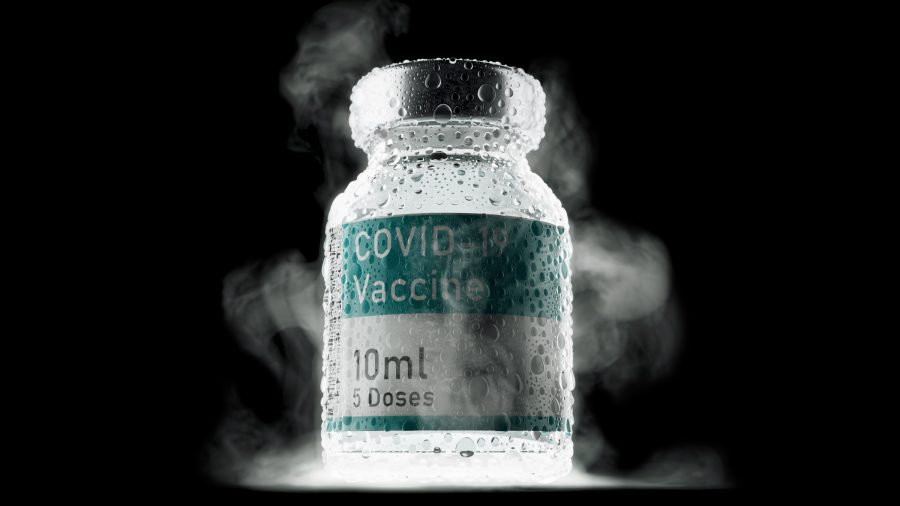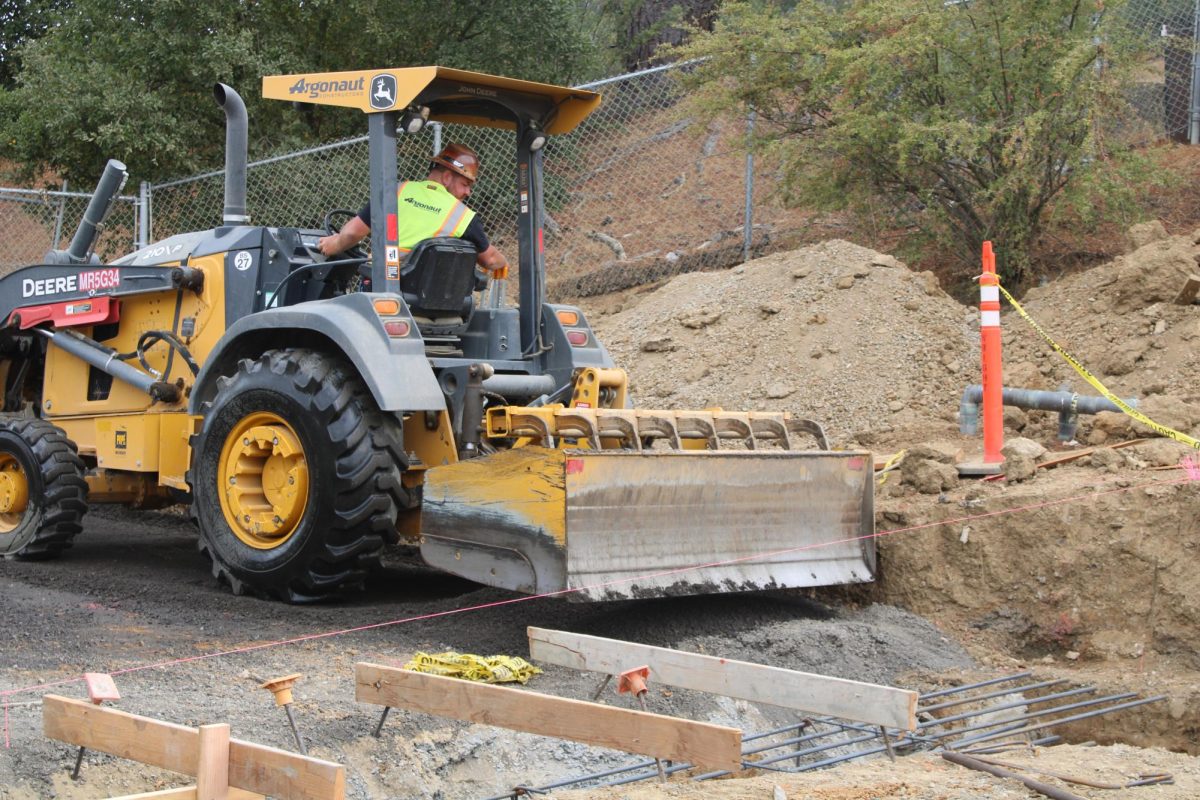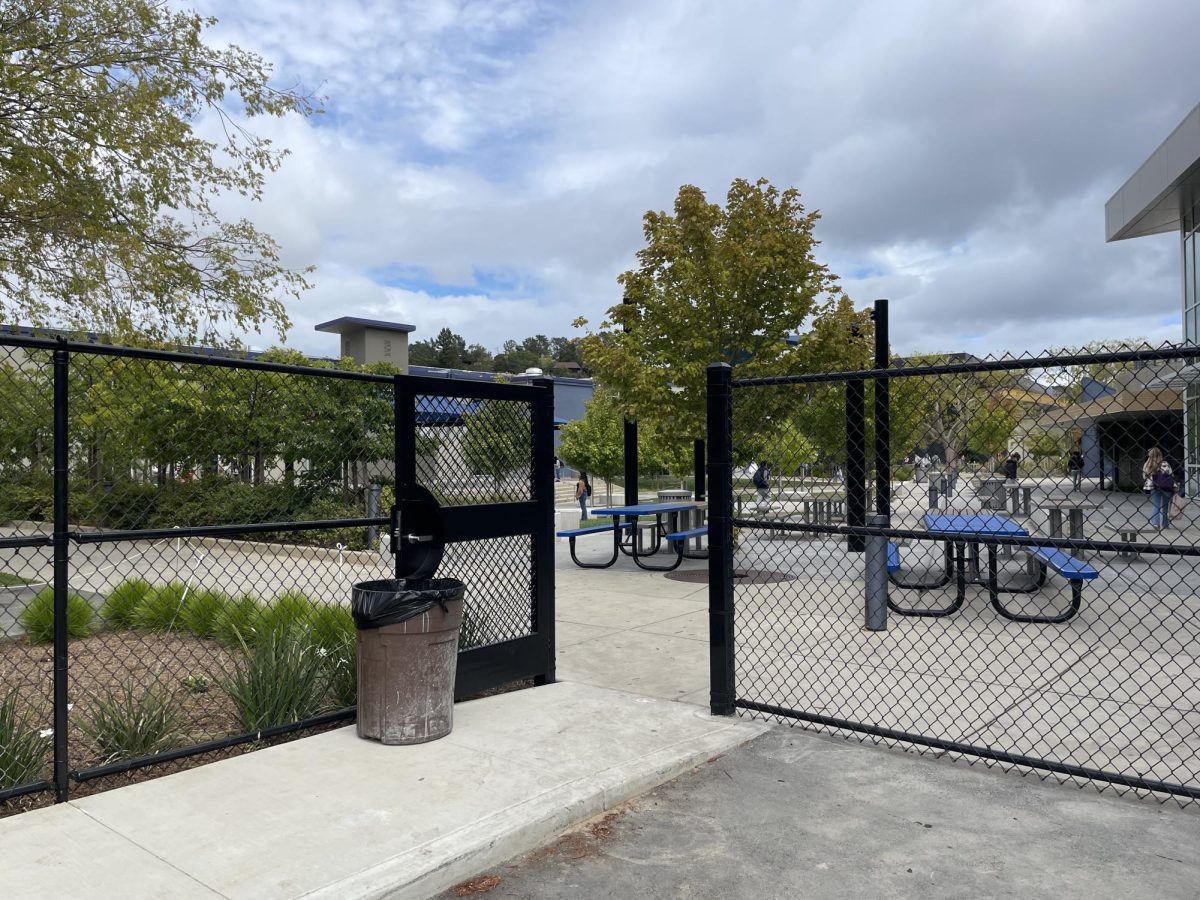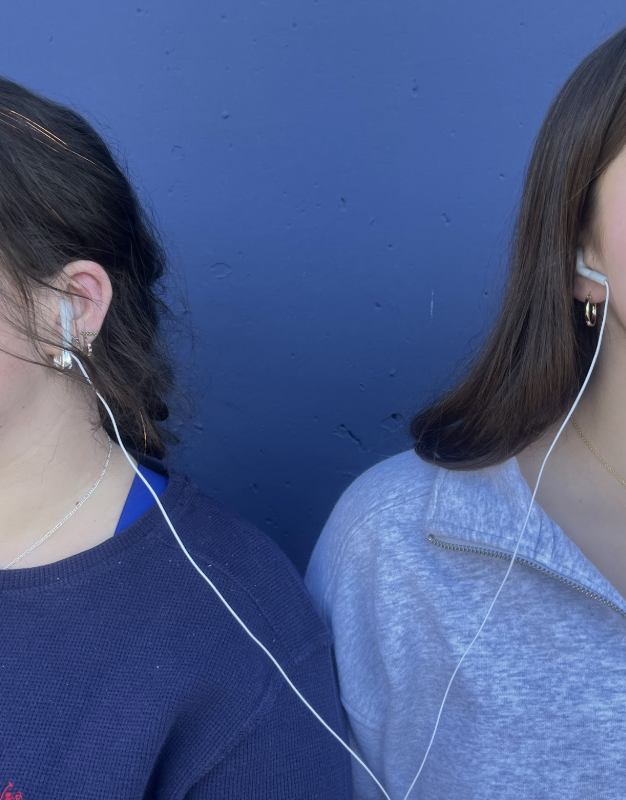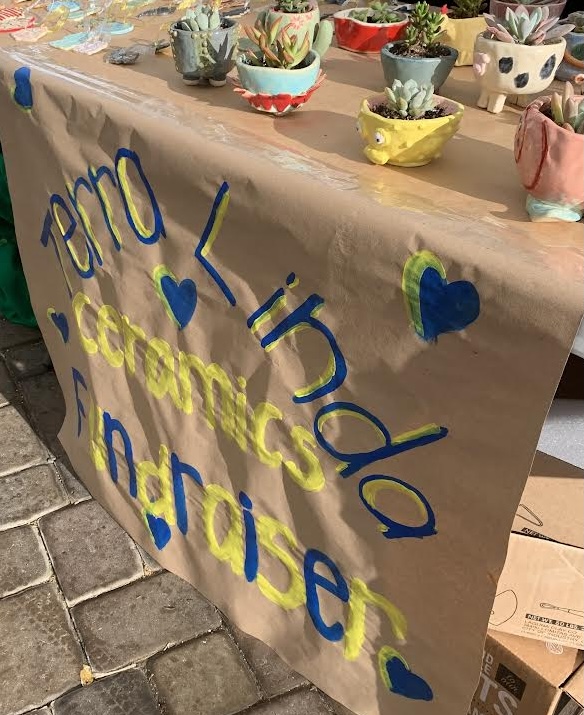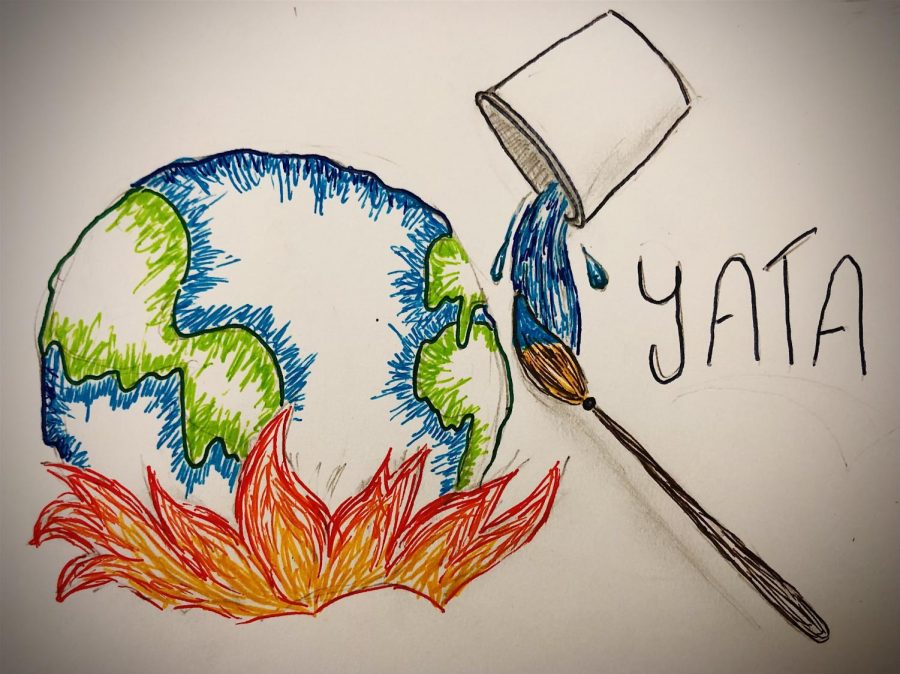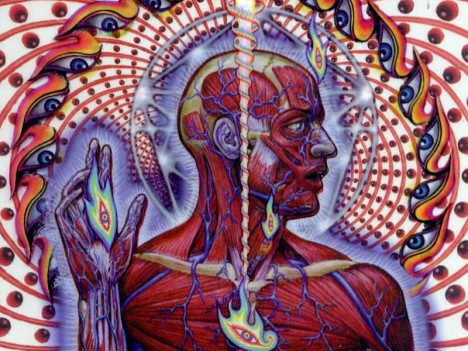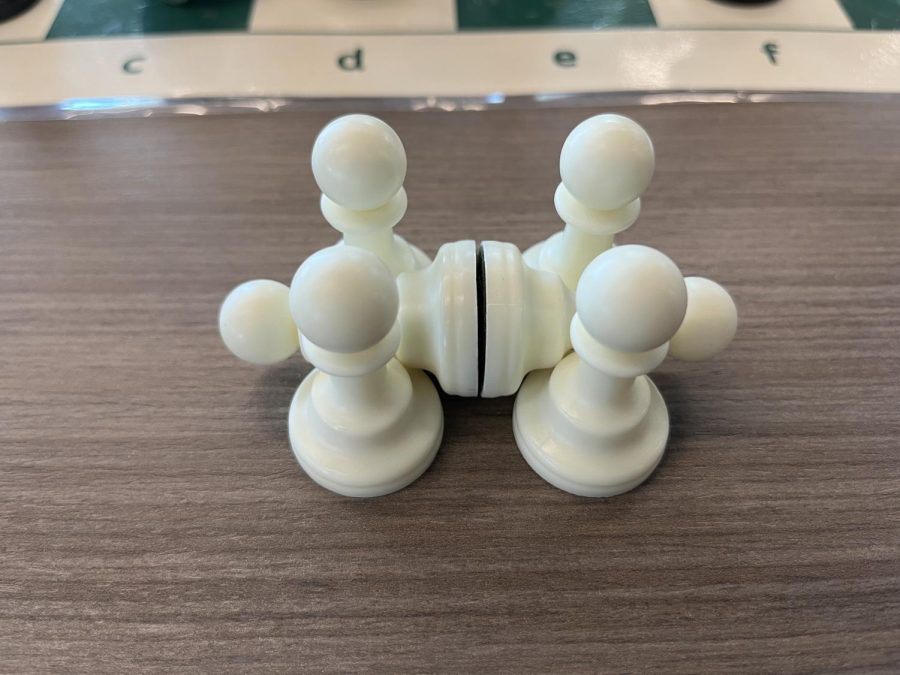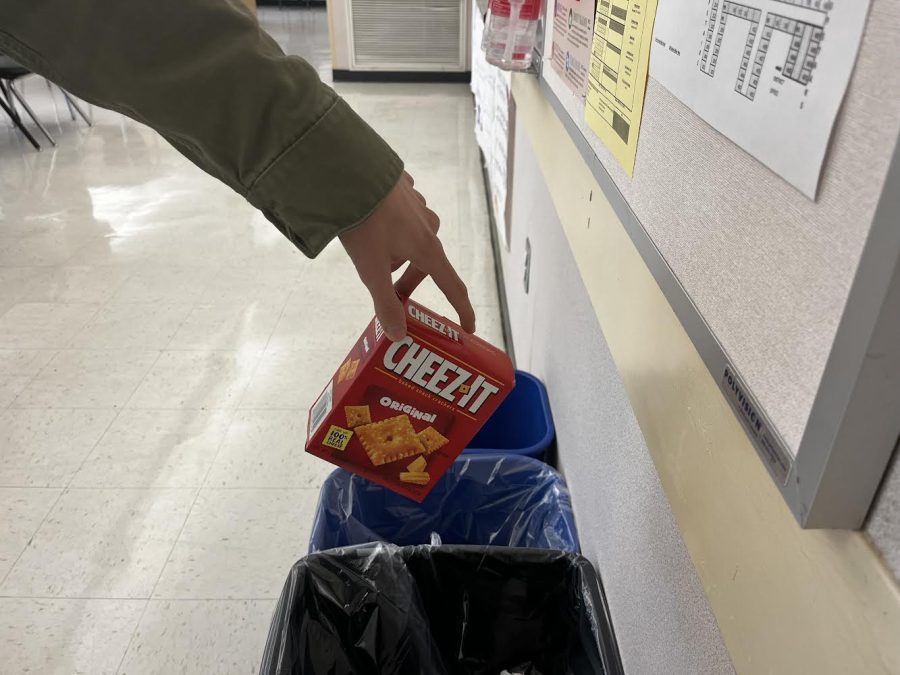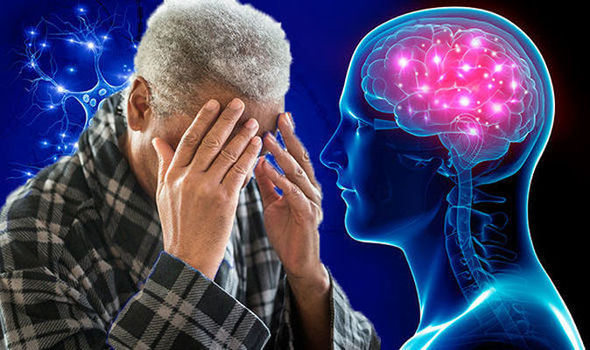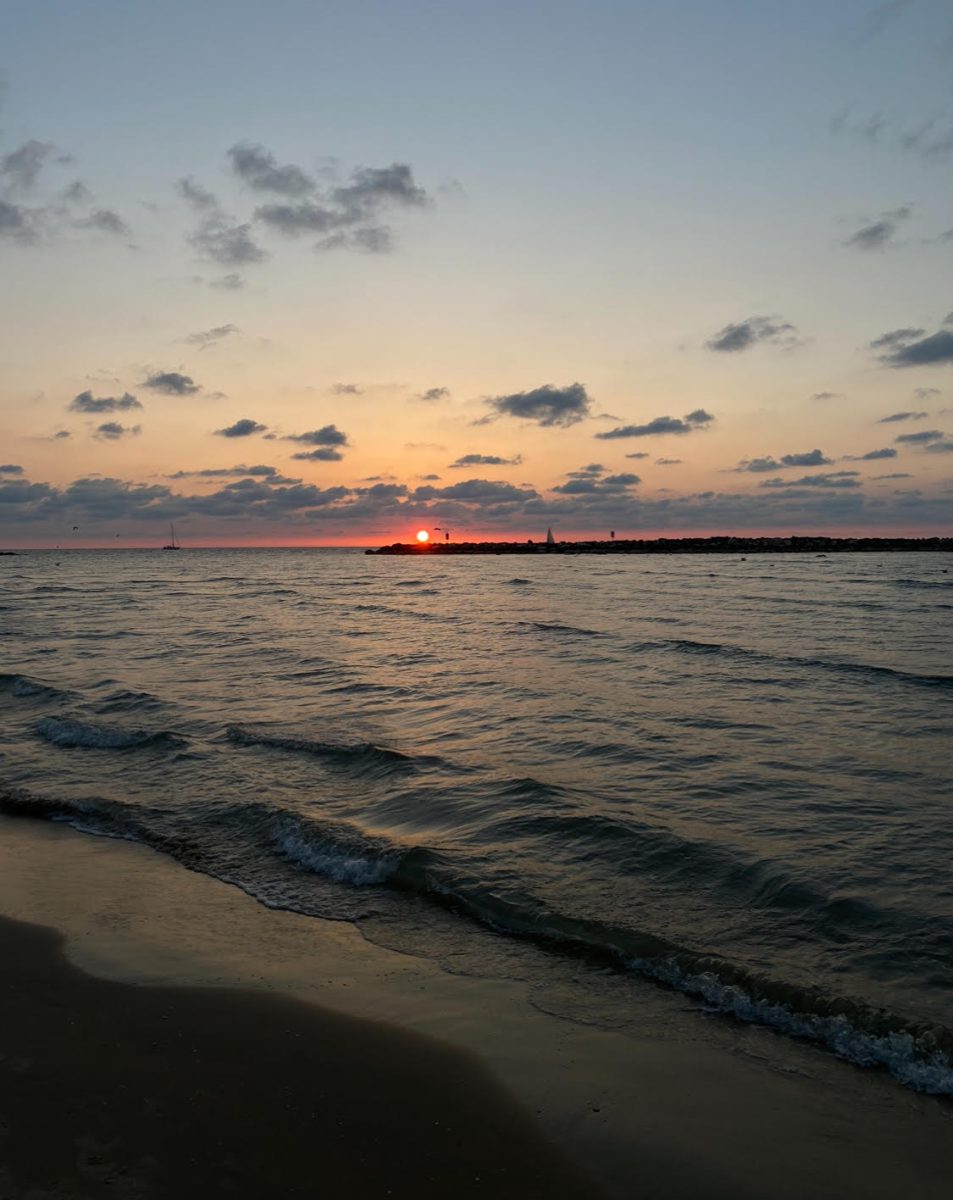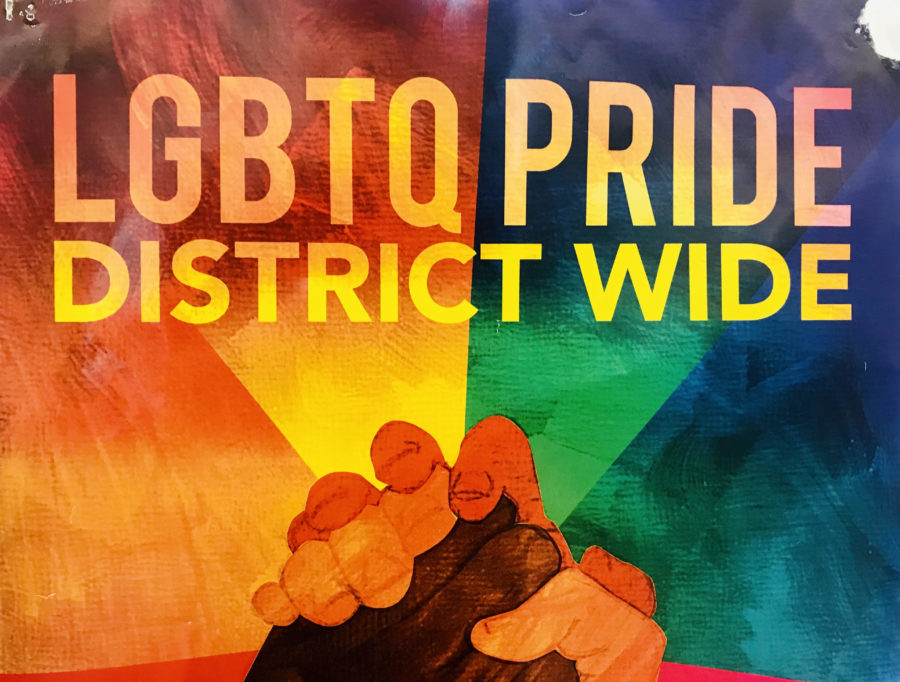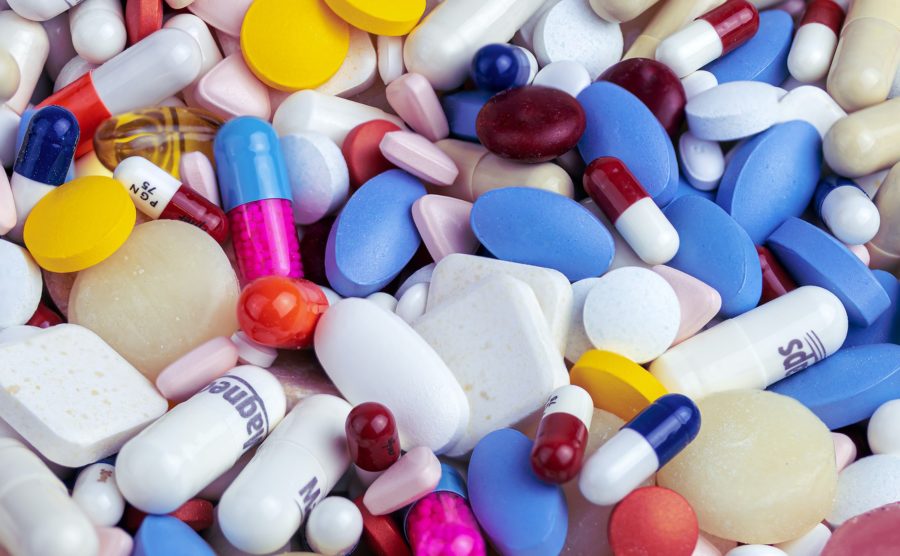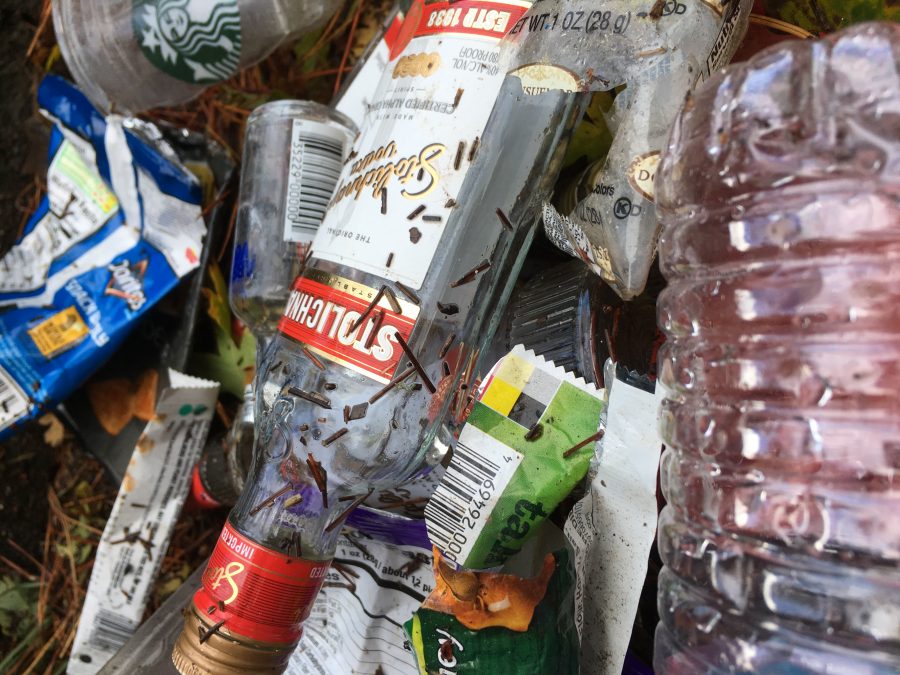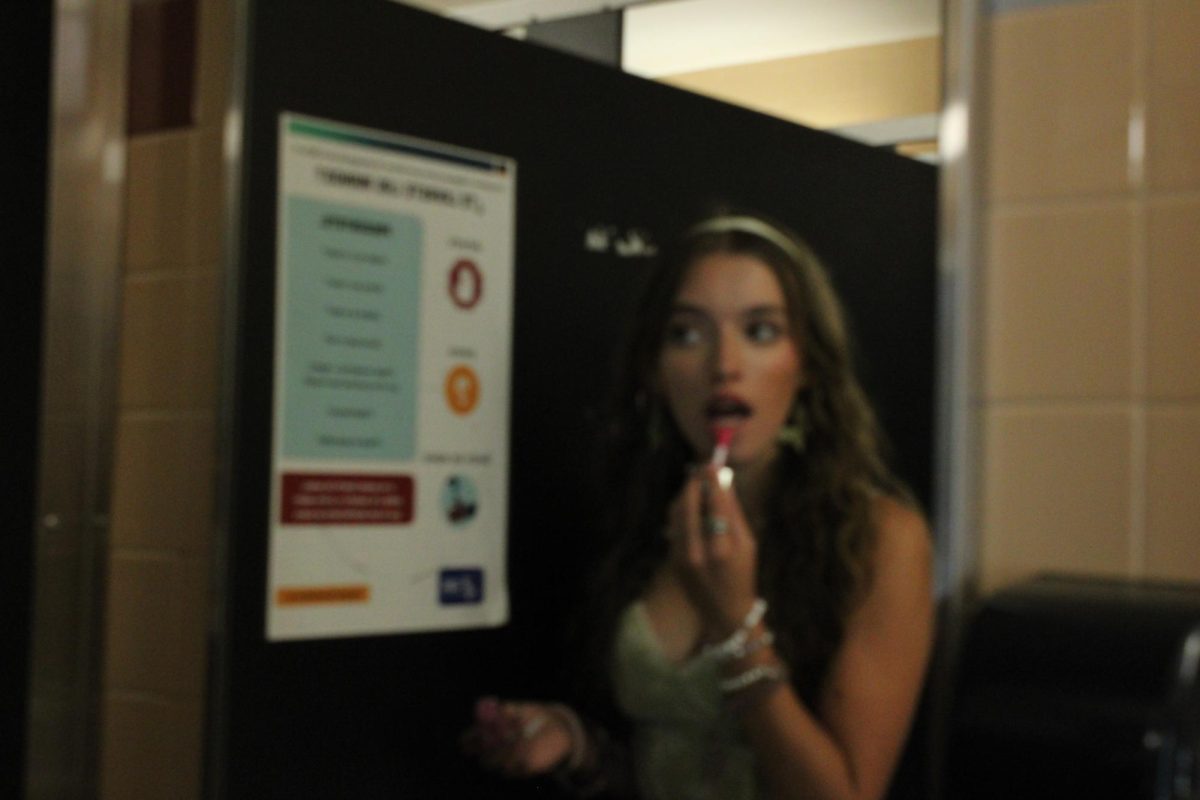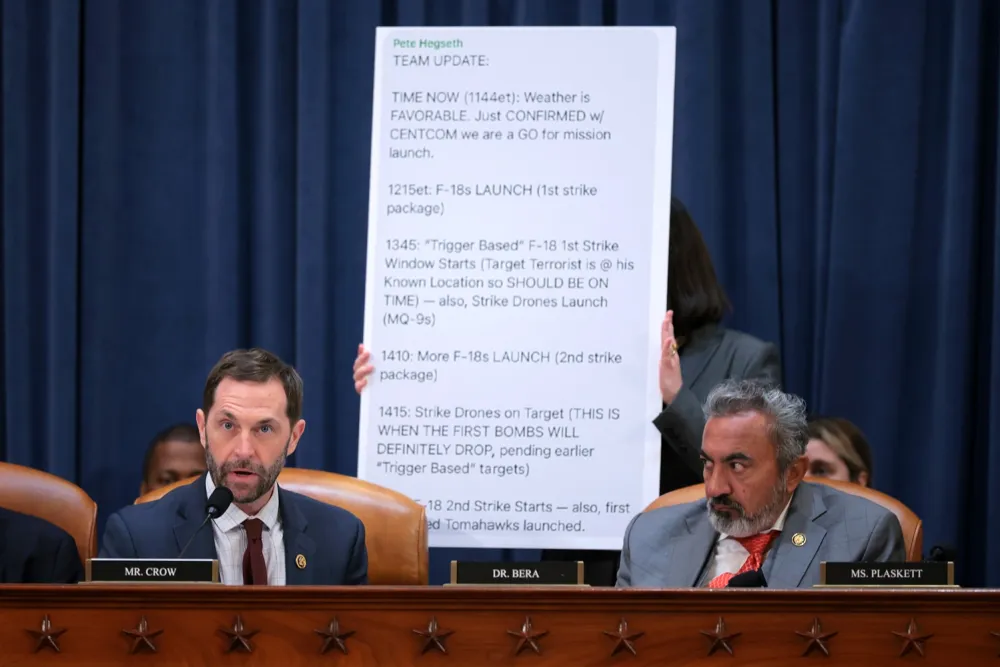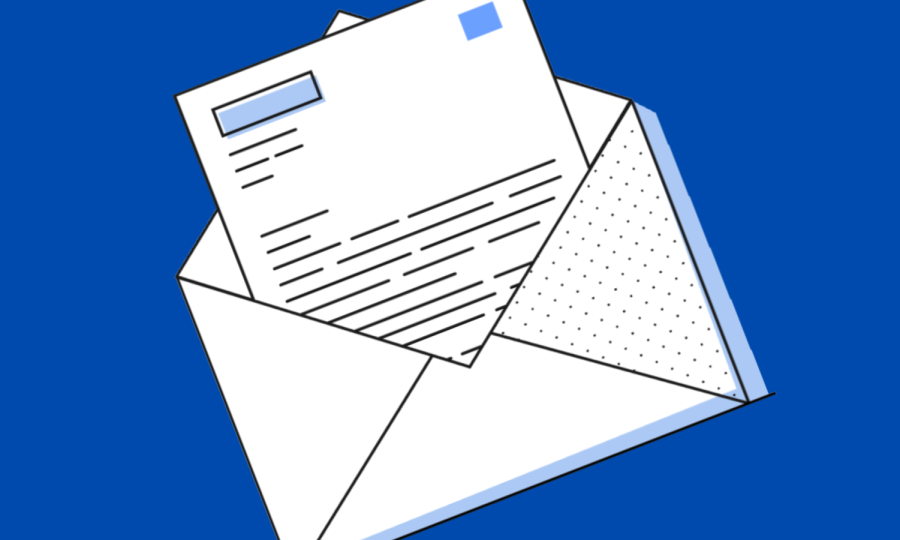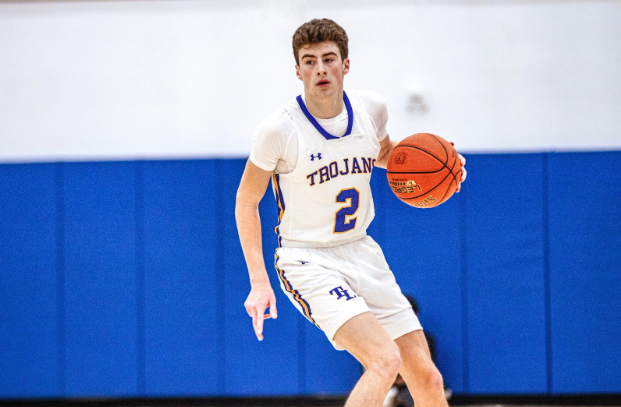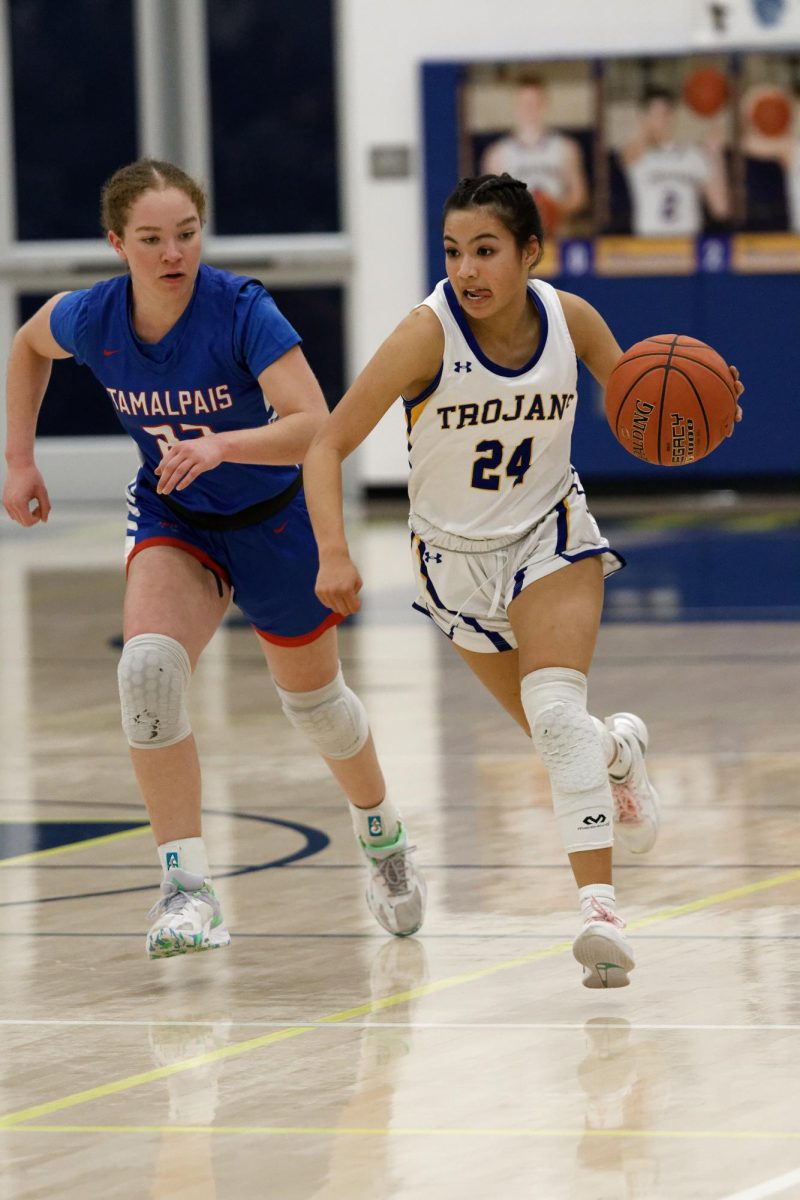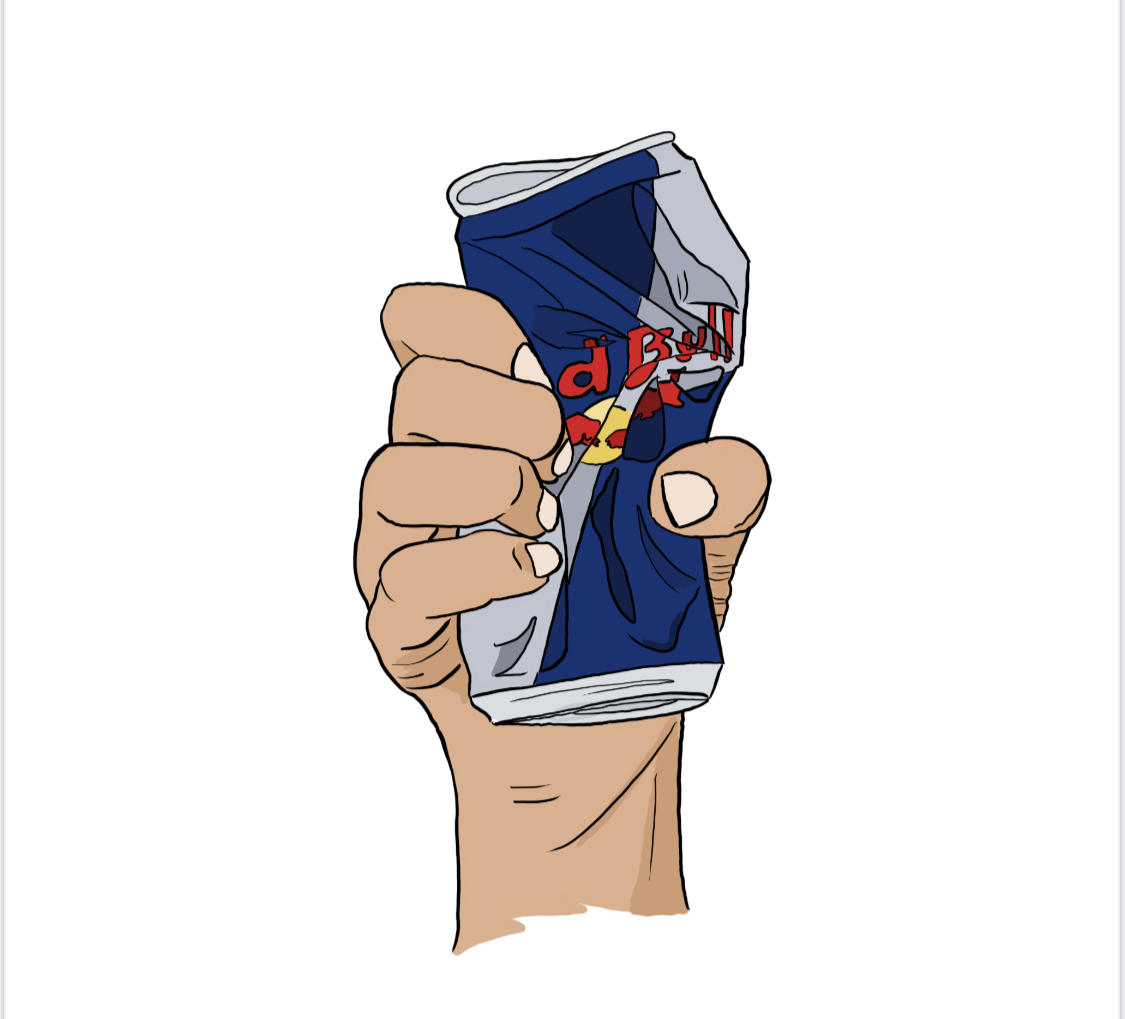As the trend in energy drink consumption grows among youth, health concerns regarding the combination of chemicals, caffeine, and sugar packed into the drinks are being raised. While the overconsumption of caffeine, sugar, and artificial chemicals can lead to lower-grade symptoms such as jitters, insomnia, heart palpitations, and increased blood pressure, they can also have life-threatening repercussions, such as cardiovascular issues that can lead to death. This new phenomenon poses two questions: What are the real health risks of energy drinks, and why are teenagers and young adults so drawn to energy drink consumption?
In recent months, energy drinks have been spotted all over Terra Linda’s campus. Junior Angelica Villeda says that she drinks up to 2 energy drinks on weekdays if she needs to stay awake and get all of her work done, “There’s so much pressure to do so much that I need to stay energized.” Villeda states. With the pressures of modern-day teenagers, anything framed to minimize that stress seems to be appealing. Samantha Buhr, Terra Linda Wellness Center Trainee, explains that the stress that is put on high schoolers has many social and academic components. In addition to the social and emotional challenges students have faced after COVID-19, Buhr believes that increased exposure to social media adds additional unrealistic expectations. Buhr continues to comment on the academic pressures students in the Bay Area face, “The Bay Area is an extremely high-achieving area, so I think that there is specifically a lot of pressure for teenagers in this area to excel.”
An additional component of teenagers’ consumption of energy drinks is marketing. Because teenagers are particularly susceptible to following trends, energy drink companies have begun to target the younger demographic. Freshman Bo Jordan elaborates on the targeted marketing strategies of these brands: “Drinks like C4 have candy-inspired flavors, which is more appealing to kids than something bitter like coffee.” With bright-colored packaging and flavors such as Sourpatch and Starburst, there is no doubt that energy drink companies are conscious of their marketing toward a younger demographic.
As energy drink consumption amongst teenagers continues to rise, it’s important to be aware that there are serious health concerns. Guarana (pulverized from Paullinia cupana seeds) and Taurine are simulating chemicals currently unregulated by the FDA, according to the Mayo Clinic. These have both been known to be proarrhythmic ingredients linked to arrhythmias. Cardiologist, Dr. Robert Sperling states that energy drinks “Can potentially lead to increased blood pressure and abnormal heart rhythms, especially in people with underlying heart problems.” While the general population is less likely to be affected by these dangers, many who suffer from underlying heart conditions are walking around without a clue of their potential risks.
In today’s day and age of competition and pressure to succeed, young people are constantly searching for ergogenic effects to increase their performance and ability to keep up. While limited energy drink consumption is safe, excessive consumption poses serious potential dangers.


